Although many visitors cling to Hawaii’s pristine sandy beaches, hikers and nature lovers are drawn to the stunning and unique Hawaii mountains. From the rugged volcanic slopes of the Big Island to the lush, green highlands of Kauai, exploring the Hawaii mountains is a magical experience. Formed from volcanic activity, many of these mountains are still active, offering the chance to witness eruptions like those from Kilauea. Despite being challenging due to thick tropical forests, high rainfall, and tough terrains, reaching the summit of the Hawaii mountains offers an unforgettable sense of accomplishment and views that feel like you’re on top of the world.
1. Diamond Head
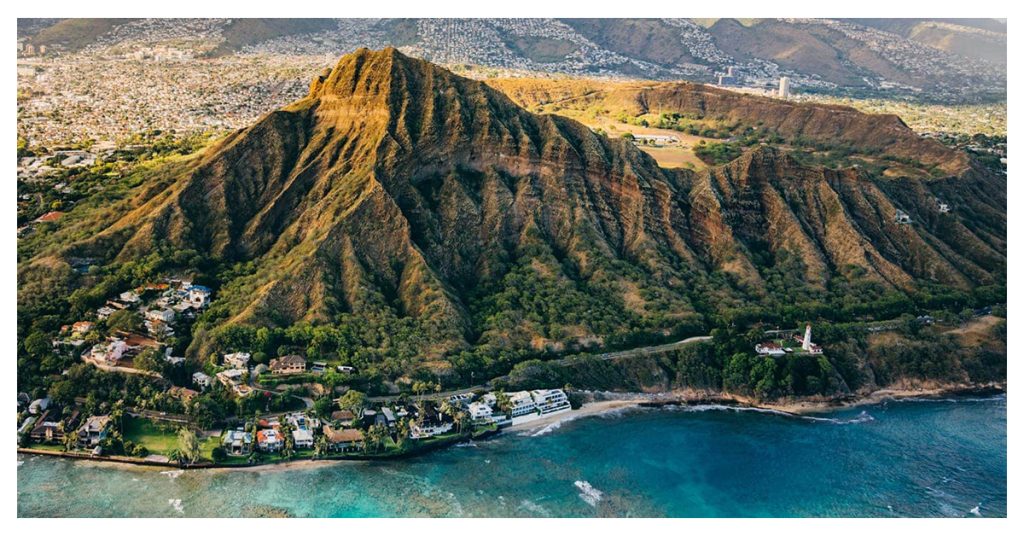
Near Oahu’s eastern coast, Diamond Head is one of the most iconic volcanic cones in Hawaii. Part of the Diamond Head State Monument, this 300,000-year-old crater features a steep 0.8-mile trail leading to the summit. The reward? Breathtaking views of Waikiki and the Pacific Ocean. Despite the short distance, the steep incline with a 560-foot elevation gain makes it feel longer. Built in 1908 as a military lookout, today it’s a must-hike in the Hawaii mountains.
2. Haleakala

Located on Maui Island, Haleakala is a massive shield volcano rising to 10,023 feet. Known as the “house of the sun,” its expansive crater spans 7 miles long, 2 miles wide, and 2,600 feet deep. This mountain is part of Haleakala National Park and features two major trails: the Sliding Sands Trail and the Halemau Trail. Due to high elevation and temperatures dipping to 40°F at the summit, climbing Haleakala is a test of endurance—but one well worth it.
3. Hualalai

Hualalai is one of the five major shield volcanoes forming Hawaii’s Big Island and rises to 8,271 feet. As one of the most active, it’s predicted to erupt within the next century. Once favored by Hawaiian royalty, the mountain’s slopes today host resorts and golf courses. While the peak area is privately owned, it’s still a popular and relatively easy hike in the Hawaii mountains.
4. Kamakou
Standing 4,961 feet tall, Kamakou is the highest point on the island of Molokai. It’s home to the Kamakou Preserve, which shelters some of Hawaii’s rarest and most endangered plant species. Visitors can take guided hikes through scenic boardwalk trails that wind through one of Hawaii’s wettest regions. Be prepared for muddy and wet conditions during your journey into this beautiful Hawaii mountain.
5. Kawaikini
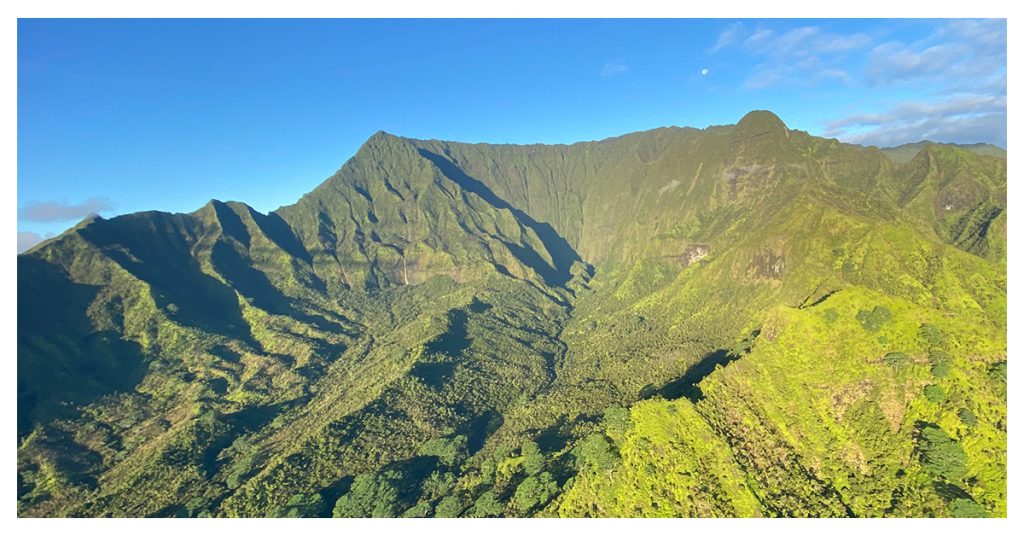
At 5,243 feet, Kawaikini is the highest peak of Mount Waialeale on the island of Kauai. Known as one of the wettest places on Earth, it’s frequently shrouded in clouds and mist. Though its cliffs are often inaccessible for hikers, its lush beauty has made it a favorite backdrop in many films. Adventurous hikers can explore parts of this region via trails in Kokee State Park.
Read More – California Mountains: Top best places to visit in California.
6. Kilauea
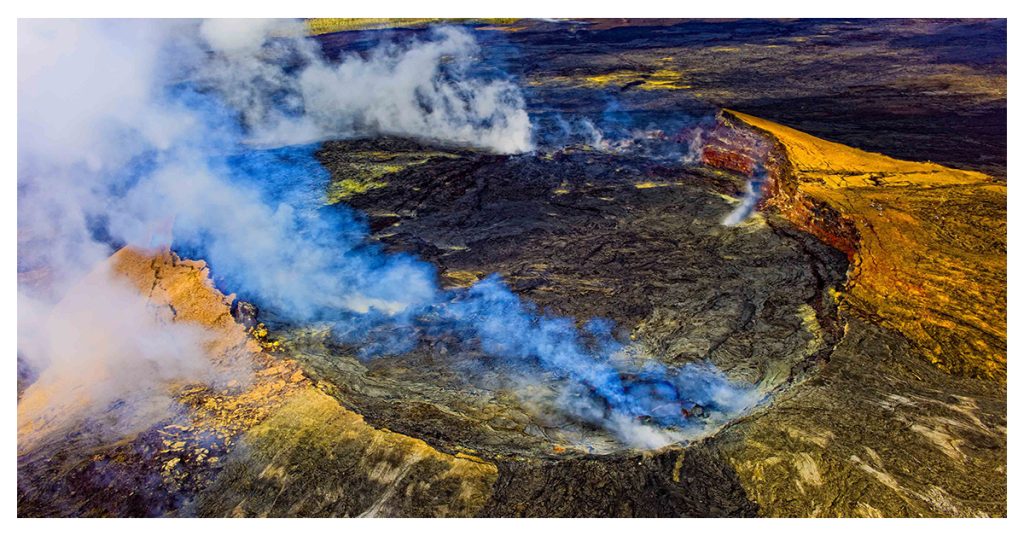
The most active volcano on Earth, Kilauea constantly reshapes Hawaii’s Big Island with flowing lava. As part of Hawaii Volcanoes National Park and a designated UNESCO World Heritage Site, Kilauea is both dangerous and fascinating. Visitors can view volcanic activity safely from the Halemaumau Crater overlook near the Kilauea Visitor Center, or join ranger-led hikes on well-marked trails.
7. Kohala

Kohala, the oldest volcano on the Big Island, is known for its dramatic cliffs, waterfalls, and mist-covered summits. Standing at 2,560 feet, it’s less accessible but worth the effort. Surrounded by Kohala State Forest and other protected areas, this Hawaii mountain remains largely untouched, offering stunning scenic drives along Kohala Mountain Road.
8. Ko’olau Range
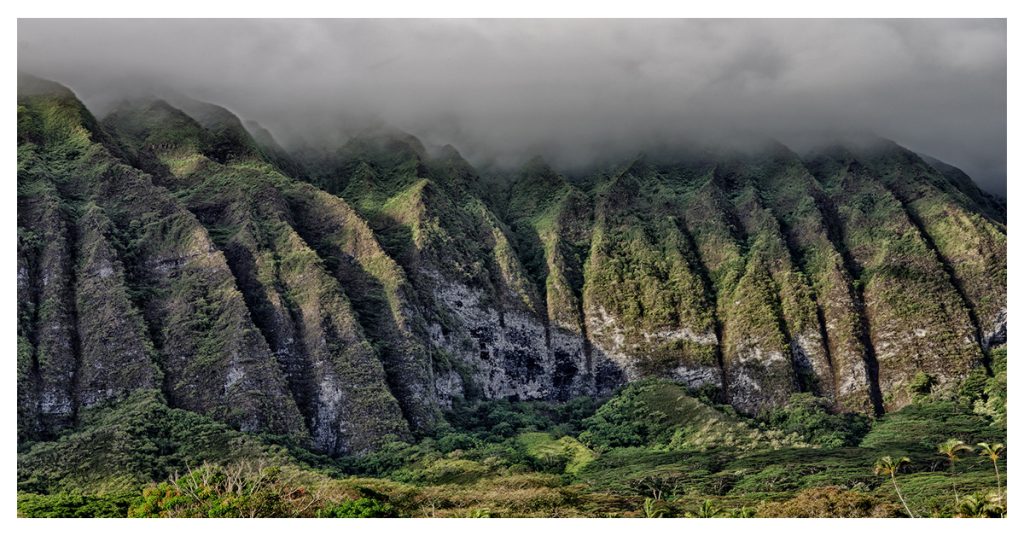
Forming part of Oahu, the Ko’olau Range rises to 3,150 feet and offers steep ridgelines and dramatic drop-offs. Despite being near populated areas, Ko’olau remains wild and mostly unexplored. Dense forests, rare plants, and abandoned trails make it a dream for solitude-seeking hikers. Most hiking routes begin on the western side of the mountains and climb up to scenic peaks.
9. Mauna Kea
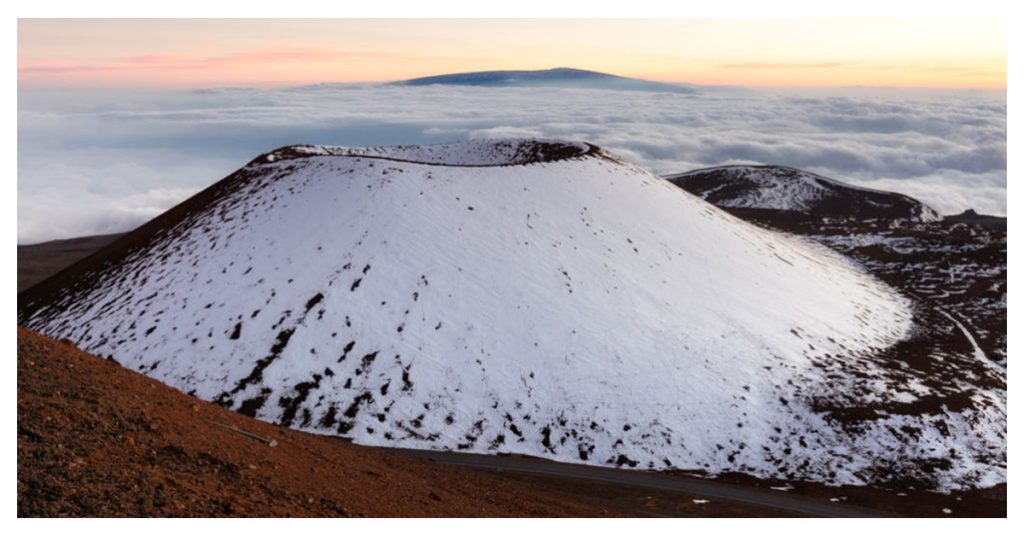
Mauna Kea is the tallest sea mountain in the world, soaring to 13,796 feet above sea level and over 33,000 feet from the ocean floor. Known for its world-class astronomical observatories, Mauna Kea is a sacred site with breathtaking sunrise views. Despite snow at the summit, it’s a popular location for stargazing and cultural experiences. The visitor center also offers telescopes for public use.
10. Mauna Loa
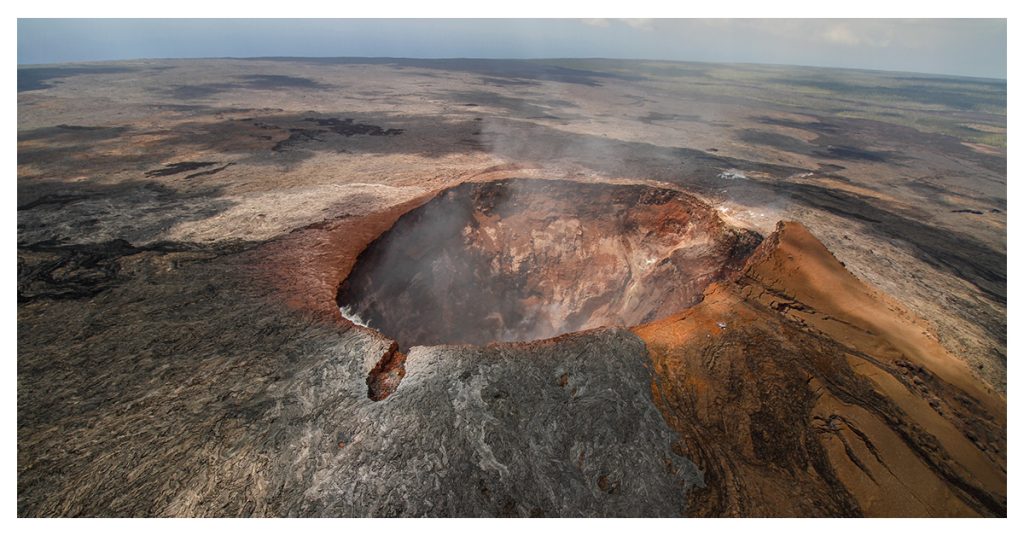
Mauna Loa is the largest volcano on Earth, known for its gentle slopes and vast size. A part of Hawai’i Volcanoes National Park, it offers multiple hiking routes including the Mauna Loa Trail, which stretches over 43 miles round trip. Hikers can expect drastic temperature changes, limited shade, and long distances. Cabins are available for overnight stays, making it a multi-day adventure.
11. Pu’u Kukui
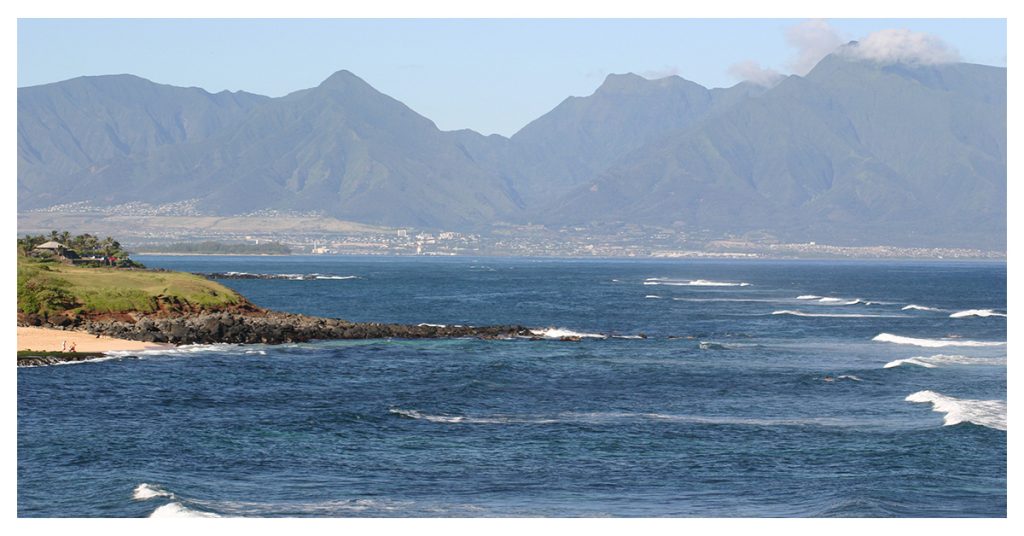
At 5,787 feet, Pu’u Kukui is the tallest peak of Mauna Kahalawai in Maui. Located in one of the wettest spots on Earth, its unique bog-like environment supports many rare plants and animals. While hikers are not allowed, conservationists and scientists study the area for its ecological significance. This Hawaii mountain stands as a symbol of preservation and natural wonder.
